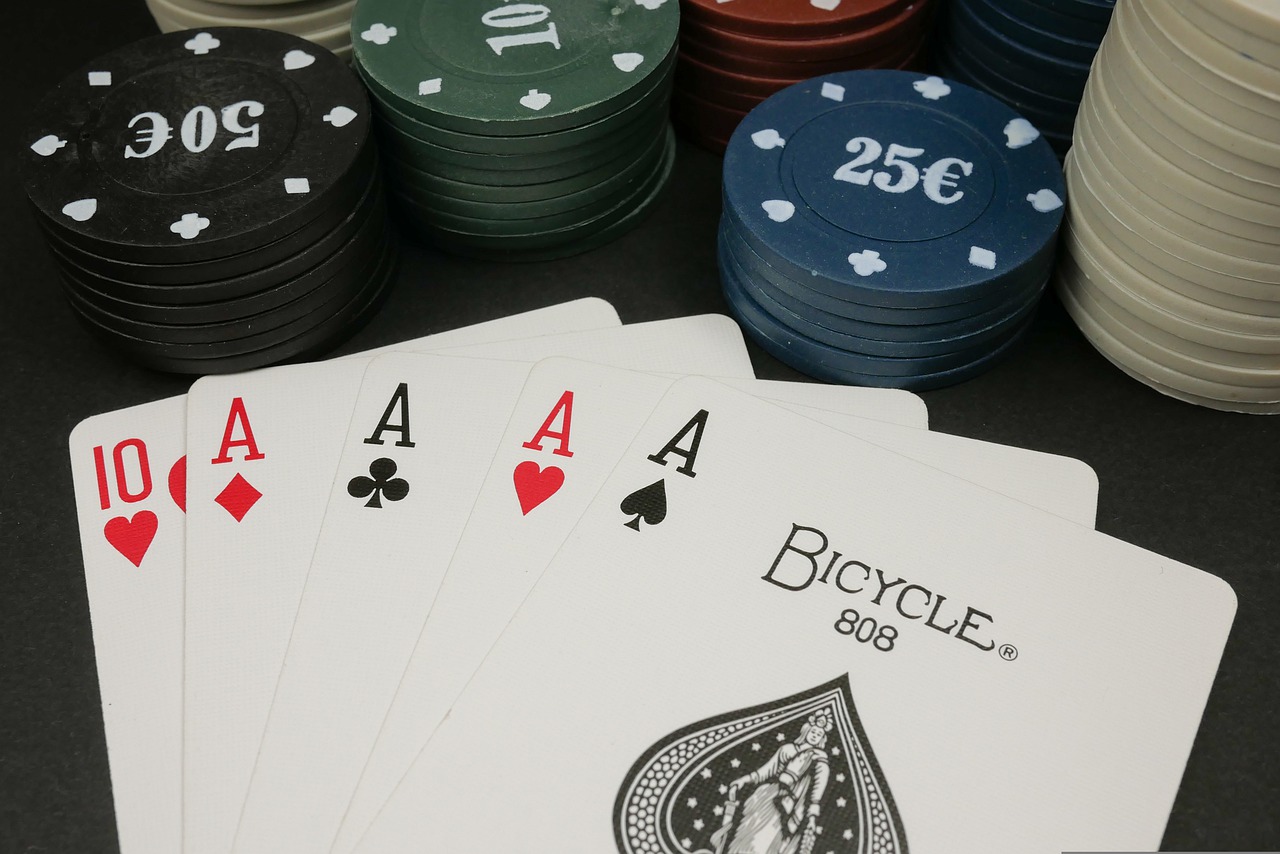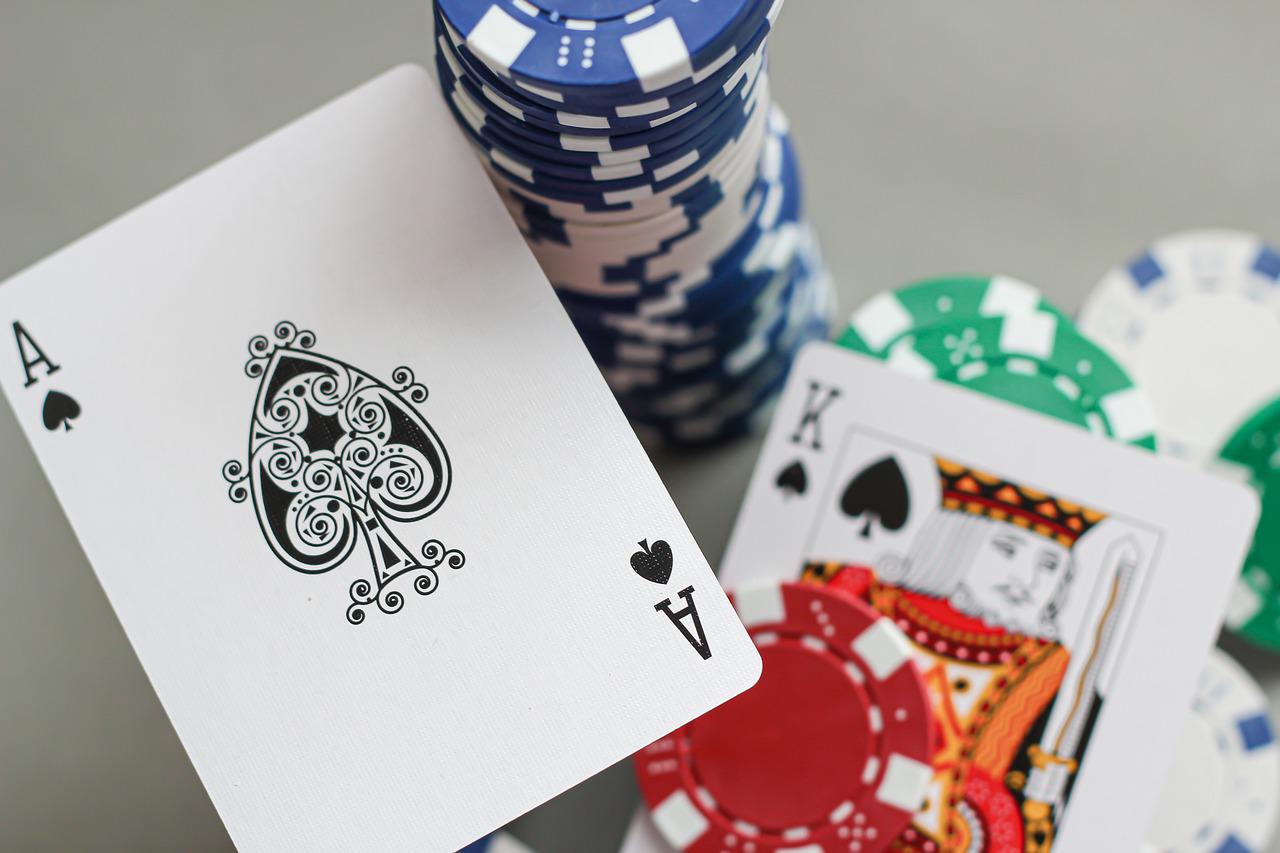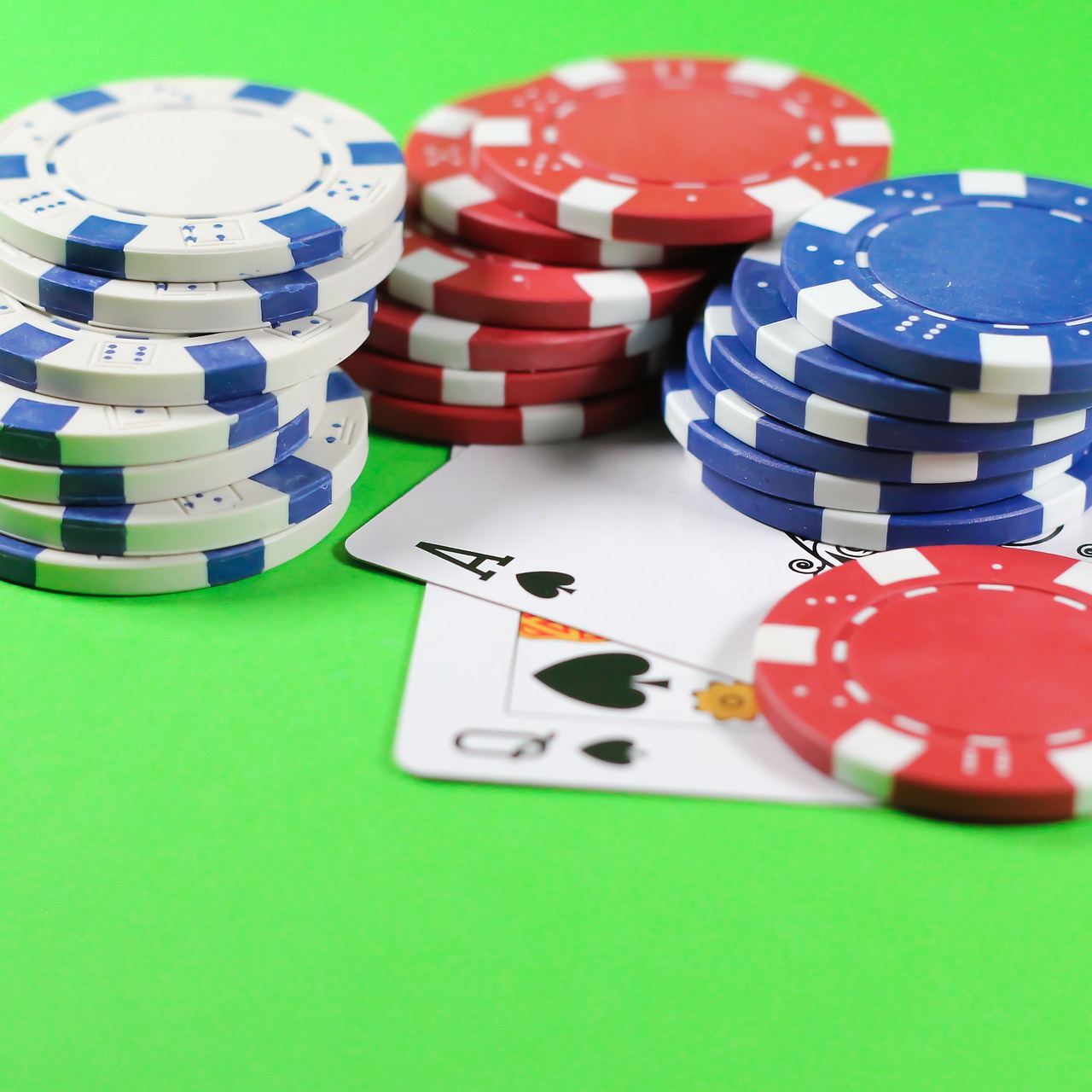
There’s no doubt that online poker is very different from live poker. One of the key ways that this is true is in the way that you bet and bluff. This comprehensive guide will break down all the factors you need to consider when betting and bluffing during an online poker match. By understanding these concepts, you’ll be able to up your game and improve your skills.

What is bluffing in poker, and why is it important to do it correctly?
Bluffing is an integral part of poker that can help players win money. It is when a player raises the stakes despite not having the best hand. The goal of bluffing is to make the other players think you have a better hand than you have and, thus, get them to fold.
Bluffing can be tricky, however, as there is a fine line between looking confident and cocky. Players must be careful not to give too much information, or they may lose money instead of winning it. When done correctly, bluffing can be a great way to win money in free online poker.
Different types of bluffs
In poker, a bluff is a betting strategy designed to deceive other players about the strength of your hand. There are many kinds of bluffs, but they all share the common goal of tricking your opponents into believing that you have a hand that is better than it is. Here are some common bluffing strategies you can use when you play poker online.
Sizing Bluff
In essence, sizing bluffing refers to making a bet bigger than the value of the hand the player is holding. For example, if a player is holding a pair of twos, they may choose to size bluff by betting an amount higher than necessary to simply call the bet.
By doing this, the player hopes to force their opponents to fold, as they may believe the player has a stronger hand than they do. While sizing bluffing can be an effective strategy, it is also risky, as it can often lead to the player losing money if their opponent calls their bet.
Continuation Bluff
A continuation bluff is a type of bluff that is often used in response to a bet that another player has made. Essentially, the player continues the betting action even though they may not have a strong hand. The goal of this bluff is to make the other players think that you have a hand that is stronger than it is and thus, get them to fold.
For example, if a player raises the stakes on the flop and you do not have a strong hand, you may choose to continue bluff by calling their bet. By doing this, you are hoping to make your opponents think you have a good hand and, thus, get them to fold.
Check-raise Bluff
This is a bluff where a player first checks to see if there is any betting action, then raises if there is. This is generally done with a strong hand to get more value. However, Players can also do it with a weak hand to try and induce a fold from opponents. Either way, the check-raise bluff is a powerful tool a player can use to win pots in poker.
The check-raise bluff generally works best when few opponents remain in the pot. This is because it allows the player to control the pot size and increase their chances of winning. Furthermore, the check-raise bluff can steal pots when opponents are getting too aggressive. By checking and then raising, the player can often take down pots they otherwise would have lost.
All-in Bluff
The all-in bluff is a type of bluff that is generally used as a last resort. This is because it is a very risky move and should only be used when the player has a strong hand. The goal of the all-in bluff is to make the other players think that you have a hand that is stronger than it is and thus, get them to fold.
For example, if a player raises the stakes on the flop and you do not have a strong hand, you may go all-in to try and force your opponent to fold. While this can be an effective strategy, it is also very risky, as you may lose a lot of money if your opponent calls your bet.

Determining the right time to bluff
You need to consider a few different factors when trying to decide whether it’s the right time to bluff against your opponents. First, you must consider what your opponents are likely to have. If they are all free poker players just trying to have fun, then they will probably not be too worried about winning or losing, so a bluff might work well. However, if you’re up against more serious players looking to win money, they will be more difficult to bluff.
You also need to think about your hand and how likely you will win if you make a bluff. If you’re holding a really good hand, then there’s no need to bluff since you’re already in an excellent position to win. Nonetheless, if you’re holding a weak hand, making a bluff can be a perfect way to try and win the pot.
Finally, you need to think about the size of the pot and how much money you’re willing to risk on a single hand. If the pot is small, it’s probably not worth risking too much money on a bluff. In any case, if the pot is large, then a successful bluff can pay off. Bluffing is integral to online poker; knowing when to do it can be the difference between winning and losing.
Keeping track of your opponents’ betting patterns
Free poker games are a great way to improve your skills and learn how to play poker. For many players, online poker is all about trying to read their opponents. By paying attention to betting patterns, players can get an idea of what cards their opponents are holding and adjust their play accordingly. Of course, this isn’t always easy to do when playing online, which is why it’s essential to keep track of your opponents’ betting patterns.
Over time, you’ll be able to spot the details that can give you a significant advantage in the game. And if you’re playing free poker games, paying attention to betting patterns is even more critical since there’s no money at stake. So next time you play online poker, ensure you’re paying attention to your opponents’ betting patterns. It could give you the edge you need to win the hand.

In conclusion, bluffing is essential to poker and should be used sparingly. You want to ensure that your opponents can never quite put you on a hand, so they are constantly guessing. However, if you use it too often or in the wrong situations, your opponents will catch on and begin to take your money. Betting is also a key component of poker; you need to use it correctly to extract as much value from your hands as possible.
By understanding when to bluff and when to bet, you can give yourself the best opportunity of winning. Now that you know all about betting and bluffing in poker, why not sign up with GGPoker? GGPoker is the world’s largest online poker room with millions of registered users. So what are you waiting for? Start playing today!
 Skip to content
Skip to content





